Many of us think of winter as a time to hibernate looking forward to spring and the coming of a new season. In reality, it is a great time to devote our efforts to pursuits that can add value and better prepare us to meet the demands of the new year. In addition, with social distancing directives, they can protect us from becoming ‘stir crazy’. Here are a few tips that will enhance and substantially add to your lifestyle.
Fly Tying
Fly tying is a skill that is very rewarding for fly fishermen, especially when it's too cold to fish.
In addition to providing an opportunity to replenish the fly box, it offers an artistic pursuit that allows for endless creativity. In fact, some who tie flies are not avid followers of fly fishing, and a few are not even fishermen...it's that fun.
Fly tying requires dexterity and the ability to maintain proportional values so that the pattern is a good representation of the insect that it imitates.
It is a source of amazement that some of the patterns are tiny. The thought of a large trout being attracted to a tiny fly such as one tied on a size 20 hook or smaller is astounding. My wife has commented on occasion that she has difficulty comprehending how I can tie such tiny flies with my big hands and fingers!
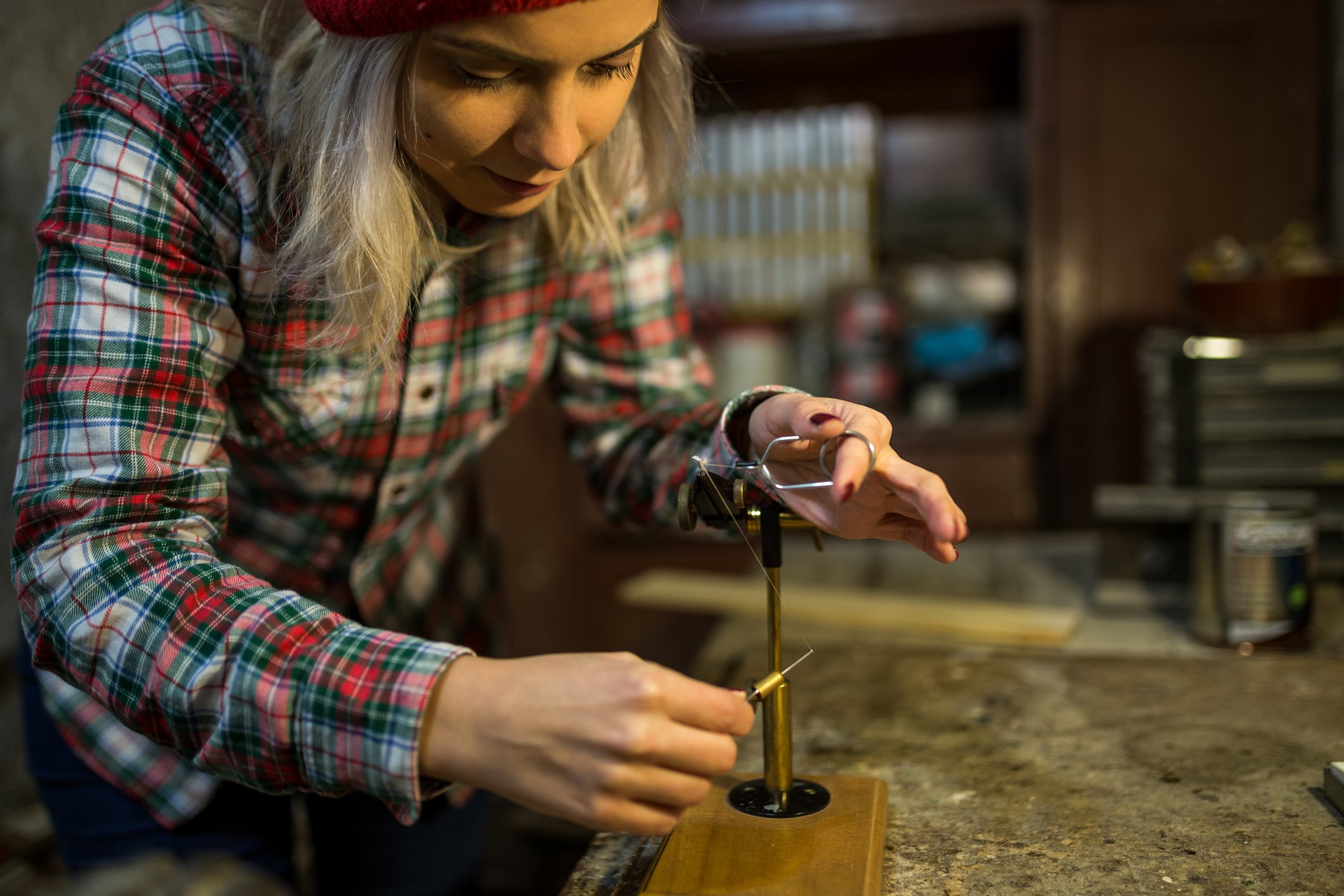
It is a fact that women make excellent fly tiers. Most are adept at handling materials and excel at tying small patterns that might be more difficult for men. I daresay many women also tend to be more artistic (sorry gentlemen!) and can better interpret the nuances required to tie certain patterns.
Fly tying can be practiced at many different levels. A simple vise, hooks of assorted sizes and a few materials can provide hours of entertainment. The advanced participant can amass a much larger supply of vises, hackle, dubbing, hooks, fur, beads and other materials that allow them to tie almost any type of fly.
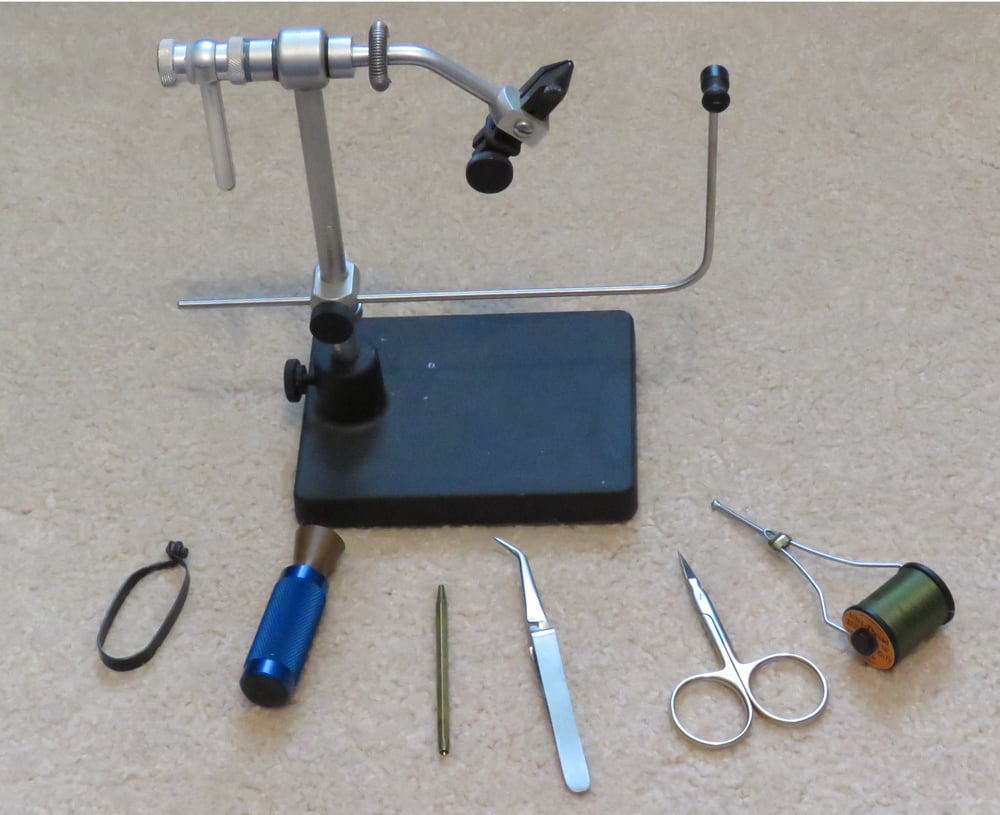
Books of patterns are available that show details of the various patterns. They feature pictures, and under the pictures, sequential lists of materials required to tie them. Even without an instructor, it is relatively easy to follow step by step. If possible, however, a mentor will speed up progress. It doesn’t take long until you will observe improvement in the quality of your work.
You can also find endless tutorials on YouTube, and be sure to check out "Teen Masters the Art of Fly-Tying", featuring teen fly-tying legend, Tradd Little (complete with instructional video).
This is a consuming pastime, and I must warn you, securing new materials will become an obsession!
Hide Tanning
Hunters can create memorable trophies by the tanning of hides and furs, mounting antlers and retaining feathers from game birds to use in tying flies (I told you it becomes an obsession!).
For those interested in preserving deer hides or hides of other animals taken, there is the traditional method of “brain tanning”. The hide is scraped to remove any flesh and membrane. If this is not immediately possible, it can be heavily salted with un-iodized salt to preserve it for a few days.
After scraping, the hide should be coated with the animal’s brain matter that has been cooked and made into a slurry. After several days, it should be scraped to remove the excess and stretched to dry. It will have to be stretched and flexed repeatedly to avoid it stiffening and shrinking. This method is the traditional method used in frontier days, and yields excellent results.
For those not wishing to contend with the messy preparations, “Deer Hunters and Trappers Hide Tanning Formula” is available by ordering from Amazon and is also available at many local dealers such as Cabela’s. The instructions are printed on the container and yield excellent results. One bottle will tan a deer hide or several smaller hides.
Flint Knapping
Another pursuit that is very addictive is flint knapping. It involves the use of percussion and pressure flaking to form arrowheads, spear points and other items from various types of stone. There are many types of stone suitable for knapping. Some of these include chert, obsidian, novaculite and jasper. Some, such as obsidian, do not require heat treating, but are easily knapped. Others, such as some types of chert, are more easily knapped if they are heat treated.
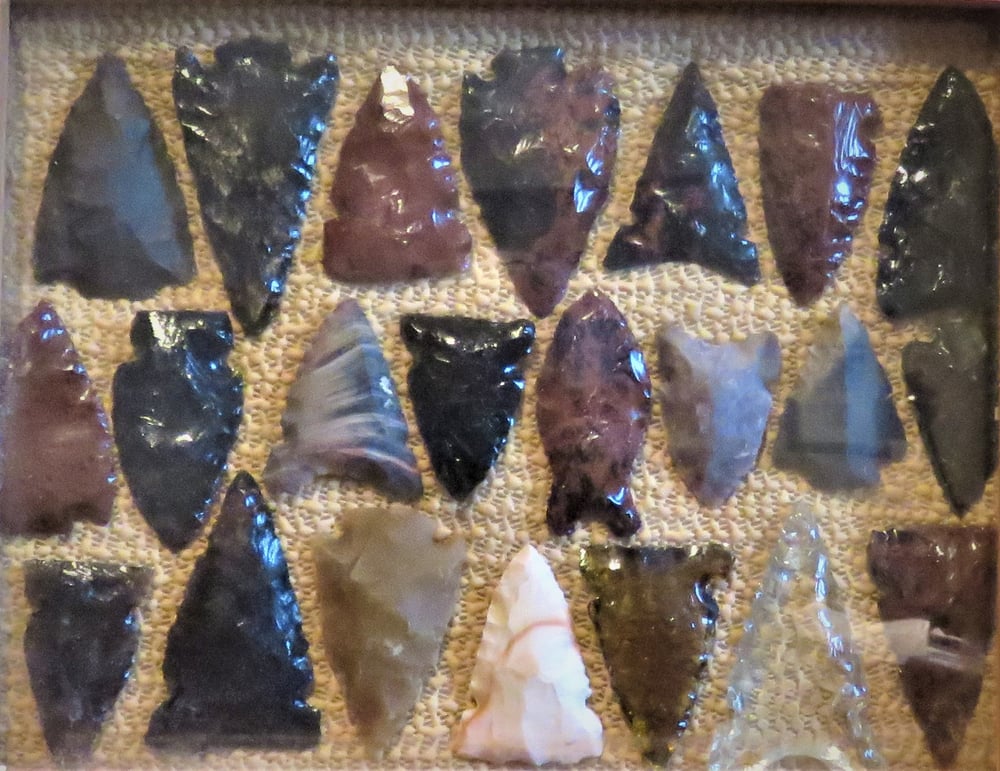
Depending on your location, stones that are good candidates for knapping may be found in the environment. Permission should always be secured before hunting for stone on someone’s property. Most flintknappers are very protective of locations having good stone for knapping. Many parks do not allow removal of anything from the locations. Dealers will ship boxes of stone in various configurations and may be located by a simple online search.
Bottle bottoms also make good candidates for knapping. Place a heavy nail in the bottle, hold it over a waste receptacle, place your thumb over the opening and shake vigorously. The bottom of the bottle should pop off into the receptacle. Discard the remainder of the bottle in a safe place and secure the bottom for knapping.
If outside conditions are cold and you are knapping in a confined area, such as a basement, garage or workshop, use a mask, as knapping may create harmful dust that could be inhaled. Also, always use eye protection.
Knapping is the process of shaping rock with hammerstones, heavy billets and pressure flaking. Abo knapping is the process of only using primitive tools such as hammerstones, antler billets and pressure flakers. Modern flintknappers often use copper billets and pressure flakers with copper tips. The use of copper is due to its relative softness which causes it to “grip” the stone better.
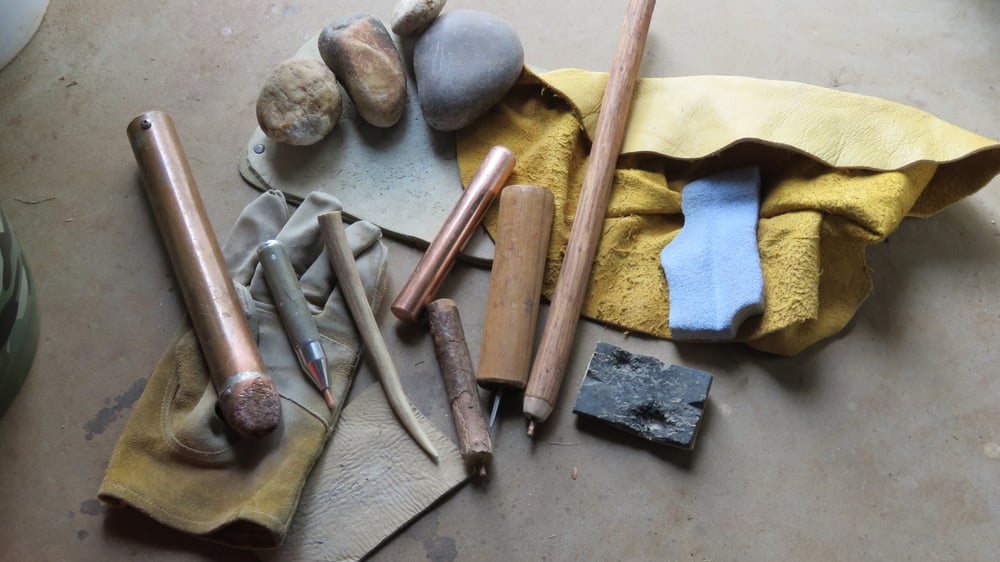
Any one, or all, of these pastimes will add hours of entertainment and yield items that will become treasures.
Those seeking more information on these topics can find related titles by L. Woodrow Ross on Amazon Kindle. The memories created will warm your heart and make those dark days of winter more enjoyable.


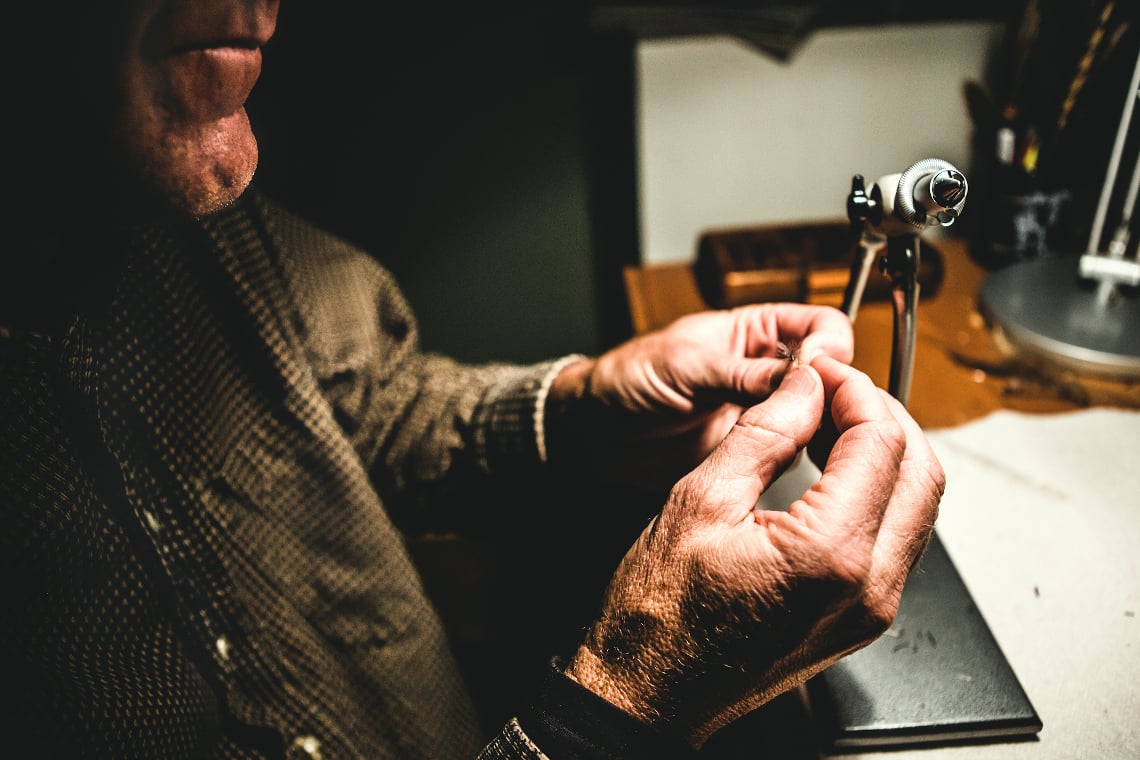
.jpg)
